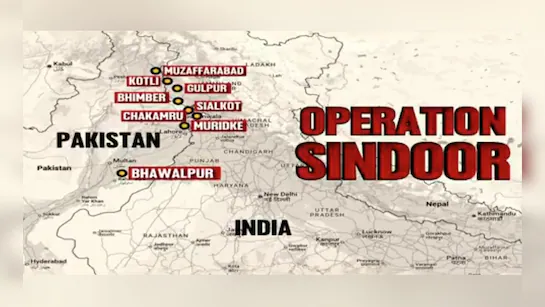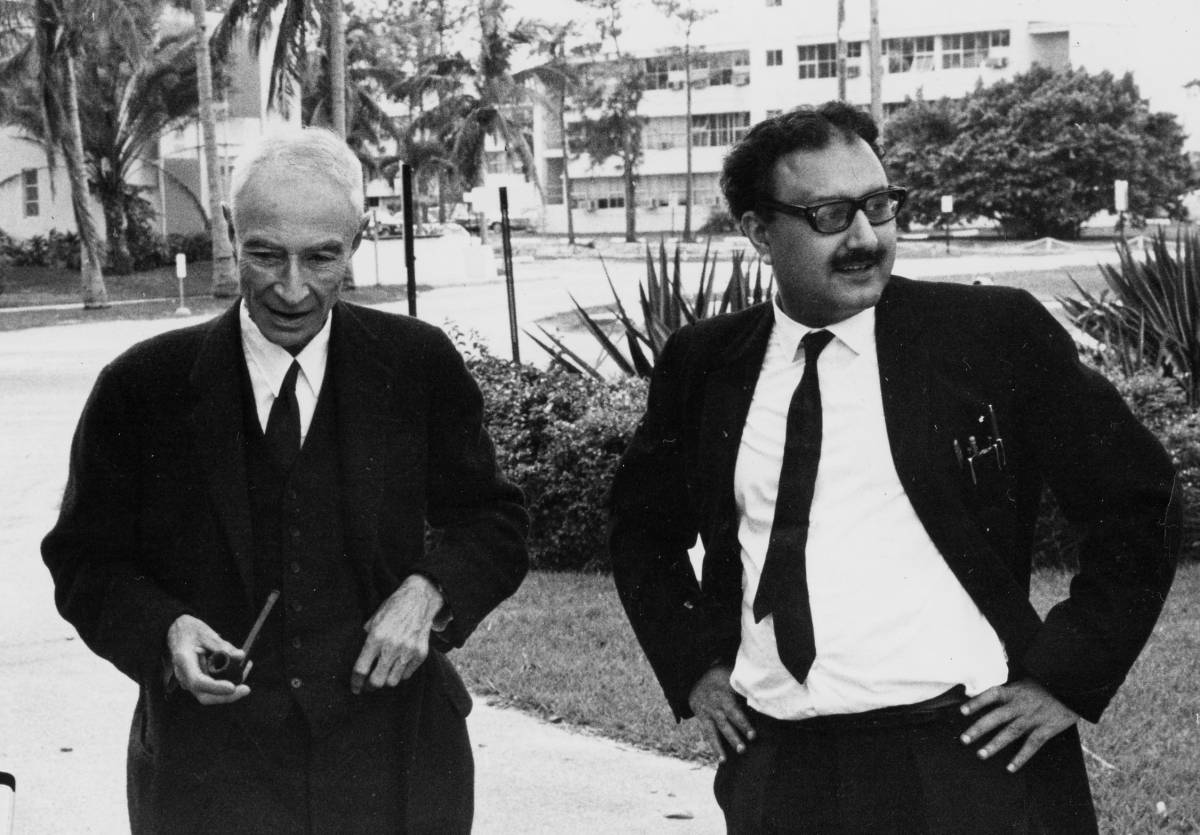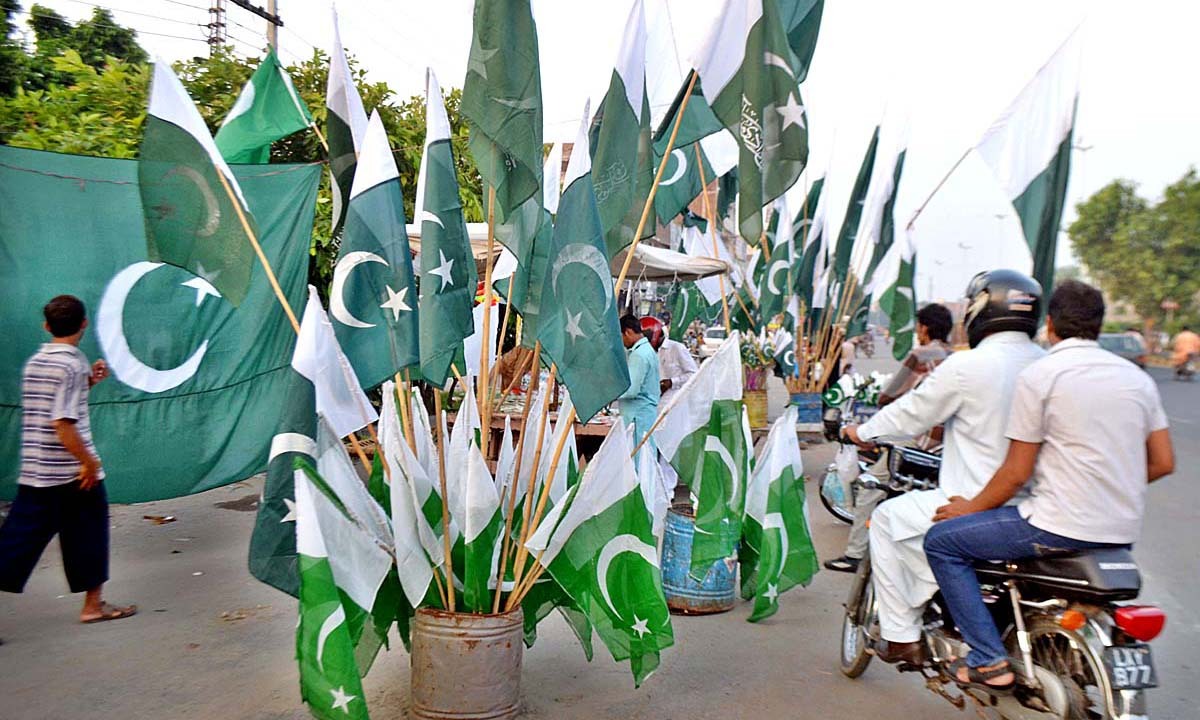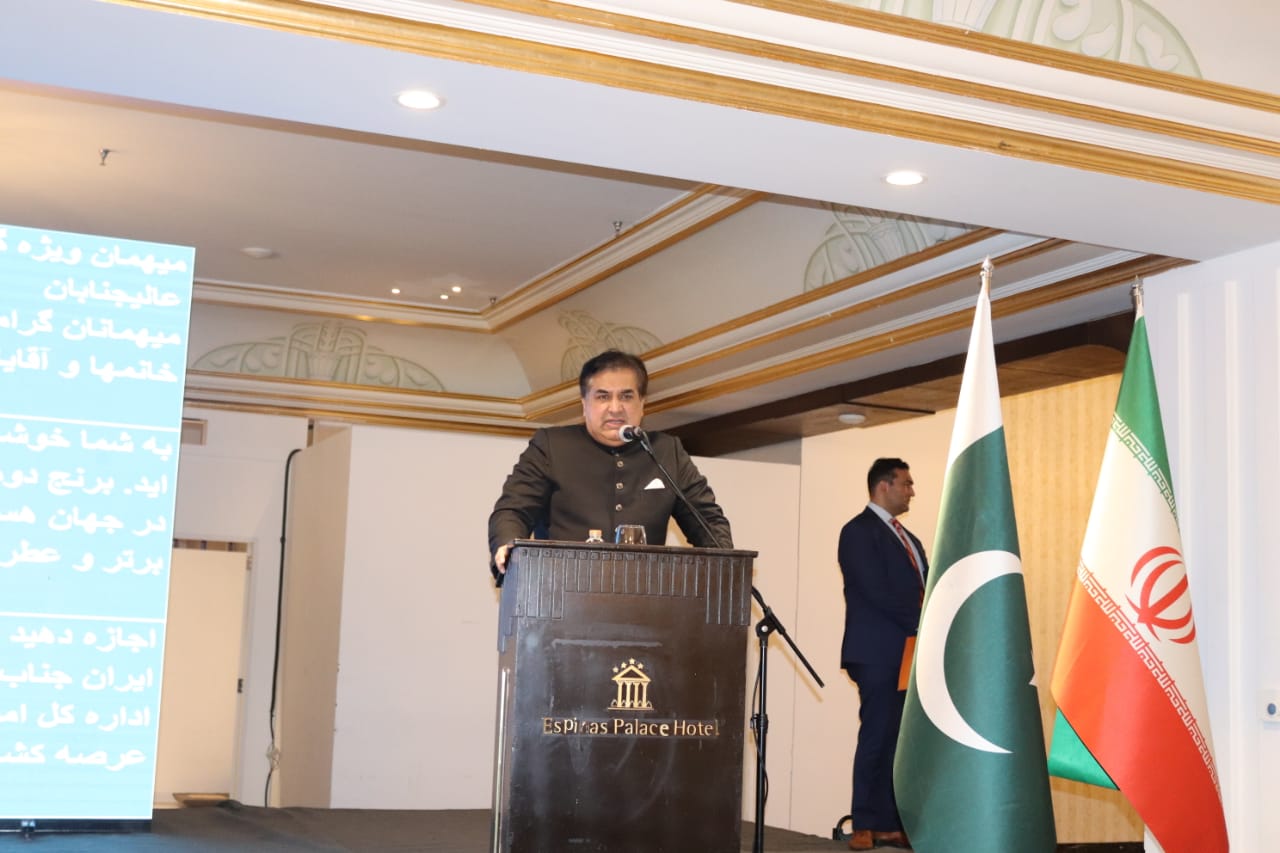On May 7, 2025, before 1:44 AM local time, the Indian Armed Forces initiated Operation Sindoor, a military operation targeting multiple sites in Pakistan and Pakistan-administered Kashmir. The operation was presented by India as a counter-terrorism measure following the April 22, 2025, attack on Pahalgam in Jammu and Kashmir, which Indian officials claimed was perpetrated by militants linked to groups based in Pakistan. This marked a significant escalation in the ongoing tensions between the two nuclear-armed neighbors.
India’s Stated Objectives
India’s official narrative surrounding Operation Sindoor was that it aimed to neutralize terrorist infrastructure allegedly tied to militant groups responsible for the Pahalgam attack. Indian officials described the operation as “focused, measured, and non-escalatory”, asserting that no Pakistani military facilities were targeted in the strike. The targets were specifically militant camps and logistical bases allegedly used by groups like Lashkar-e-Taiba (LeT) and Jaish-e-Mohammed (JeM), both of which are banned organizations with a long history of attacks against India.
India emphasized that this operation was part of its right to self-defense, a justification used frequently by Indian officials when justifying military actions along its borders with Pakistan.
Targeted Sites and Locations
The operation struck nine specific sites, primarily in Pakistan-administered Kashmir and Pakistan’s Punjab province. These sites were chosen because they were believed to host training camps, weapons caches, and logistical facilities used by militant groups.
-
Muridke (near Lahore): Known as the headquarters of Lashkar-e-Taiba (LeT), this facility has been linked to the planning and execution of several high-profile attacks, including the 2008 Mumbai attacks. The Markaz-e-Taiba, or the LeT’s central command, was one of the primary targets of the operation.
-
Bahawalpur: This city in Pakistan’s Punjab province is the stronghold of Jaish-e-Mohammed (JeM), a group responsible for attacks like the 2016 Pathankot and 2019 Pulwama attacks. Indian authorities claim that JeM operates from this region, where it trains and recruits fighters for attacks on Indian soil.
-
Kotli and Muzaffarabad (Pakistan-administered Kashmir): Both of these locations are key to the militant infrastructure in Pakistan-administered Kashmir, a region historically contested between India and Pakistan. These sites host several training camps, militant safe houses, and weapon storage facilities, which India alleges are used by LeT, JeM, and other militant groups.
-
Additional Sites: Other areas targeted included Sialkot, Gulpur, Bhimber, Bagh, and Chak Amr. These towns and cities have long been suspected of harboring militant activity, including arms smuggling, training, and cross-border infiltration.
Casualties and Impact
The strikes resulted in significant civilian casualties in several areas. Pakistan reported eight civilian deaths and 38 injuries, including those caused by airstrikes and explosions. India did not confirm any military or civilian casualties on its side. The airstrikes also led to widespread power outages in major cities like Muzaffarabad, which had blackouts following the explosions.
In response to the attack, both countries swiftly closed their airspaces, with India blocking all Pakistani-registered and military aircraft from entering Indian airspace until May 23, 2025. Pakistan had earlier closed its airspace to Indian flights as a precautionary measure. These measures further restricted movement in the region, adding to the humanitarian challenges.
Retaliatory Measures: Downing of Fighter Jets
The situation escalated rapidly after India’s airstrikes, with Pakistan retaliating by shooting down five Indian fighter jets. The engagement occurred over Pakistan-administered Kashmir and was a direct response to the Indian operation. This marked a significant military exchange, heightening the already fragile tensions between the two nations.
In addition to the aerial engagements, artillery exchanges were reported along the Line of Control (LoC), the de facto border separating Indian-administered Kashmir from Pakistan-administered Kashmir. Casualties were reported on both sides, though details remain unclear.
Pakistan’s Response and Statement
Pakistani Prime Minister Shehbaz Sharif condemned the airstrikes, vowing a “resolute response” and asserting that the attack would not go unpunished. Sharif emphasized Pakistan’s sovereignty and its right to defend itself against what he described as “unprovoked aggression”. Pakistan has consistently accused India of using the fight against terrorism as a pretext to target Muslim populations and undermine Pakistan’s sovereignty.
In his public statements, Sharif made it clear that any further escalation would be met with significant consequences, warning that India’s actions risked a broader military confrontation.
International Reactions
The international community has voiced growing concern over the escalating India-Pakistan tensions. Key international players, including the United Nations Secretary-General and senior U.S. officials, have urged both nations to exercise restraint and avoid a further escalation of military hostilities.
The United Nations expressed concern about the impact on civilians, urging both countries to prioritize dialogue over military action. The U.S. State Department similarly called for calm and de-escalation, encouraging both countries to adhere to international norms in addressing regional security concerns.
Analysis: A Dangerous Escalation
Operation Sindoor represents a dangerous escalation in the already tense relationship between India and Pakistan. While India’s justification for the operation rests on counter-terrorism, the heavy toll on civilians and the retaliatory military actions raise important questions about the broader strategic objectives at play.
Critics argue that India’s airstrikes serve as an example of using terrorism as a pretext for military aggression, thereby further escalating a conflict that has lingered since the partition of the Indian subcontinent in 1947. Similarly, Pakistan’s military response, including the downing of fighter jets, signals a potential shift towards greater military confrontation, with nuclear-armed states on the brink of a new conflict.
With both sides engaging in military operations, the international community faces a critical challenge in preventing further escalation. The risk of a broader conflict remains high, and international diplomatic efforts will be key in preventing another war in South Asia—one that could have disastrous consequences not just for the region but for the world at large.
A Fragile Peace at Risk
The unfolding situation following Operation Sindoor highlights the deepening rift between India and Pakistan and the dangerous trajectory that both countries are on. With the operation serving as a flashpoint for military escalation, the international community must push for diplomacy and dialogue before the situation spirals out of control.
As of now, the world stands at a precipice, watching closely as India and Pakistan exchange blows, each accusing the other of terrorism, and each attempting to justify its actions through national security claims. Whether the region can avert another war—and possibly a nuclear conflict—depends on the ability of international actors to intervene and steer the parties toward a peaceful resolution.
Related stories:
How Modi and Netanyahu Use Terrorism and Islamophobia to Justify War
Pakistan Downs 5 Indian Jets in Retaliation for Missile Strikes
















